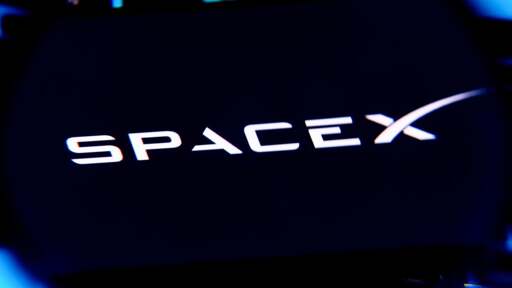The project was mentioned during Thursday’s meeting of the Mars Exploration Program Analysis Group, which is dedicated to supporting NASA missions to the Red Planet.
In one presentation, NASA staffers talked about the space agency buying commercial services from aerospace companies to help explore Mars, according to SpaceFlight Now. This includes possibly contracting SpaceX, which currently provides its Starlink satellite internet system to over 4 million users on Earth.
Slides from the presentation show that NASA asked commercial providers to submit proposals that explained how their technology could be applied to Mars. In one slide, NASA listed a concept from SpaceX to develop “Marslink,” which would be based on Starlink satellite designs.
SpaceX’s concept was among two other ideas about developing “next-generation relay services” capable of beaming 4Mbps or more in data, but across 1.5 astronomical units, or the current distance between Mars and the Sun. This means these satellites would be able to relay data to Earth and other spacecraft across vast stretches of space, likely through Starlink’s laser communication system.



I understand these are at 60 degrees ahead of, and behind, Earth (respectively). Does anyone know how much harder it is to keep satellites at other ‘offsets’ from Earth? Could we realistically also have one at 30 degrees, one at 90 degrees, one at 120 degrees, and one at 150 degrees?
And could it be beneficial to send data via that route? Could they play a role analogous to something like this?:
https://en.m.wikipedia.org/wiki/Optical_communications_repeater
Or would it just be a pointless increase in latency for no benefit?
Keeping a satellite at those other ‘offsets’ would require a continuous supply of propellant to prevent it from drifting. L4 and L5 are special in that they theoritically need no propellant for station keeping due to orbital mechanics.
As for whether it would be useful to have satellites at these other offsets, I don’t see what the advantage would be. We’ve already tested laser communication with the Psyche spacecraft, so I don’t think repeaters would be necessary. The vacuum of space doesn’t attenuate the signal that much.